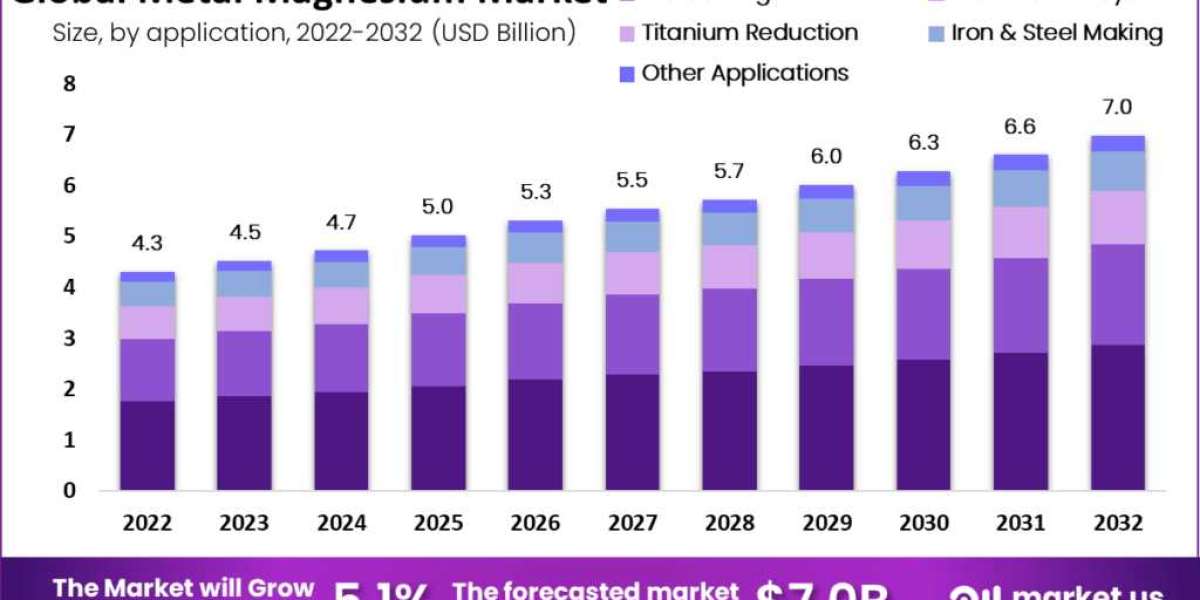Introduction
Business decisions are akin to solving a puzzle, and the Cost-Benefit Analysis (CBA) serves as the guiding light in this intricate process. CBA involves evaluating the costs and benefits associated with a decision to determine its feasibility and potential outcomes. It is the Sherlock Holmes of business, helping companies make informed choices based on a thorough investigation of the facts.
Understanding Cost-Benefit Analysis
At its core, CBA is about understanding the lay of the land before making a move. The process involves identifying and quantifying costs and benefits, ensuring a comprehensive view of the potential impacts of a decision. This systematic approach allows businesses to weigh the pros and cons, avoiding blind spots that might derail their journey.
The Components of Cost-Benefit Analysis
Breaking down the components of CBA is like dissecting a complex organism. Costs can be direct, indirect, tangible, or intangible, each requiring careful consideration. On the flip side, benefits can be financial gains, enhanced reputation, or improved efficiency. Together, they form the DNA of a decision, shaping its genetic code.
Real-world Applications of Cost-Benefit Analysis
To grasp the true essence of CBA, let's explore its real-world applications. From infrastructure projects to marketing campaigns, CBA is the silent architect behind successful ventures. Case studies from diverse industries showcase how this analytical tool has been the unsung hero in driving strategic initiatives.
Challenges in Conducting a Cost-Benefit Analysis
Like any puzzle, CBA has its share of challenges. Uncertainties, risks, and the balancing act between short-term gains and long-term benefits can complicate the analysis. However, acknowledging these challenges is the first step towards solving them, ensuring a more accurate and reliable CBA.
Tools and Techniques for Effective Cost-Benefit Analysis
In the digital age, businesses have a plethora of tools and techniques at their disposal. From specialized software to intricate financial models, these resources enhance the accuracy and efficiency of CBA. Embracing technology is not just a trend but a necessity in unraveling the modern business puzzle.
Making Informed Business Decisions
CBA is not a crystal ball, but it comes close. It empowers businesses to make informed decisions by providing a clear roadmap of potential outcomes. The ability to foresee the consequences of a choice is invaluable, especially in a business landscape where every move counts.
Case Studies: Unraveling the Business Puzzle
Let's zoom in on specific case studies where CBA played a pivotal role in unraveling the business puzzle. These stories illustrate how a well-executed CBA can be the key differentiator between success and failure. From startups to established enterprises, the impact of CBA echoes through the corridors of business history.
Future Trends in Cost-Benefit Analysis
The business landscape is ever-evolving, and so is CBA. Emerging trends and innovations in CBA methodologies are reshaping how businesses approach decision-making. Adapting to these changes is not just a choice; it's a strategic imperative for those aiming to stay ahead of the curve.
The Role of Cost-Benefit Analysis in Sustainability
In an era where sustainability is not just a buzzword but a business imperative, CBA plays a crucial role. Incorporating environmental and social factors into the analysis aligns businesses with responsible practices. CBA becomes a compass that not only points to profitability but also to ethical and sustainable business paths.
Cost-Benefit Analysis: A Strategic Tool for Small Businesses
While CBA is often associated with large corporations, it's equally vital for small businesses. Tailoring CBA for smaller enterprises involves adapting the process to resource limitations without compromising on its essence. It becomes a strategic tool that levels the playing field, enabling smaller players to make informed decisions that punch above their weight.
Critiques and Controversies Surrounding Cost-Benefit Analysis
No puzzle is without its critics, and CBA is no exception. Ethical concerns and controversies surround the framework, raising questions about its suitability in certain contexts. It's essential to acknowledge these critiques and consider alternative decision-making frameworks where applicable.
The Human Factor in Cost-Benefit Analysis
In the midst of numbers and calculations, the human factor often takes a back seat. Considering employee perspectives and fostering a CBA-oriented organizational culture are crucial elements often overlooked. It's not just about the numbers; it's about the people who drive those numbers.
Best Practices for Conducting a Comprehensive Cost-Benefit Analysis
Mastering CBA requires more than just knowledge; it demands adherence to best practices. From maximizing the effectiveness of the analysis to learning from industry leaders, these practices form the backbone of a comprehensive CBA. They are the guiding principles that transform CBA from a mere tool to a strategic ally.
Conclusion
In the grand puzzle of business decision-making, Cost-Benefit Analysis emerges as the glue that holds the pieces together. By unraveling the complexities, weighing the options, and foreseeing the consequences, CBA empowers businesses to make choices that stand the test of time. It's not just an analysis; it's a strategic ally, a compass, and a key player in the ever-evolving game of business.
FAQs (Frequently Asked Questions)
Is Cost-Benefit Analysis only suitable for large corporations?
- No, CBA is equally valuable for small businesses, offering a strategic approach to decision-making.
How can businesses address uncertainties in the cost-benefit analysis process?
- Mitigating uncertainties involves thorough risk assessment and a proactive approach to scenario planning.
What role does technology play in enhancing the effectiveness of CBA?
- Technology, including specialized software and financial models, enhances accuracy and efficiency in conducting CBA.
Are there ethical concerns associated with Cost-Benefit Analysis?
- Yes, ethical concerns exist, and it's crucial for businesses to address them transparently and responsibly.
How can organizations foster a CBA-oriented culture among employees?
- Employee engagement and communication are key; organizations should involve employees in the CBA process and provide training as needed.







